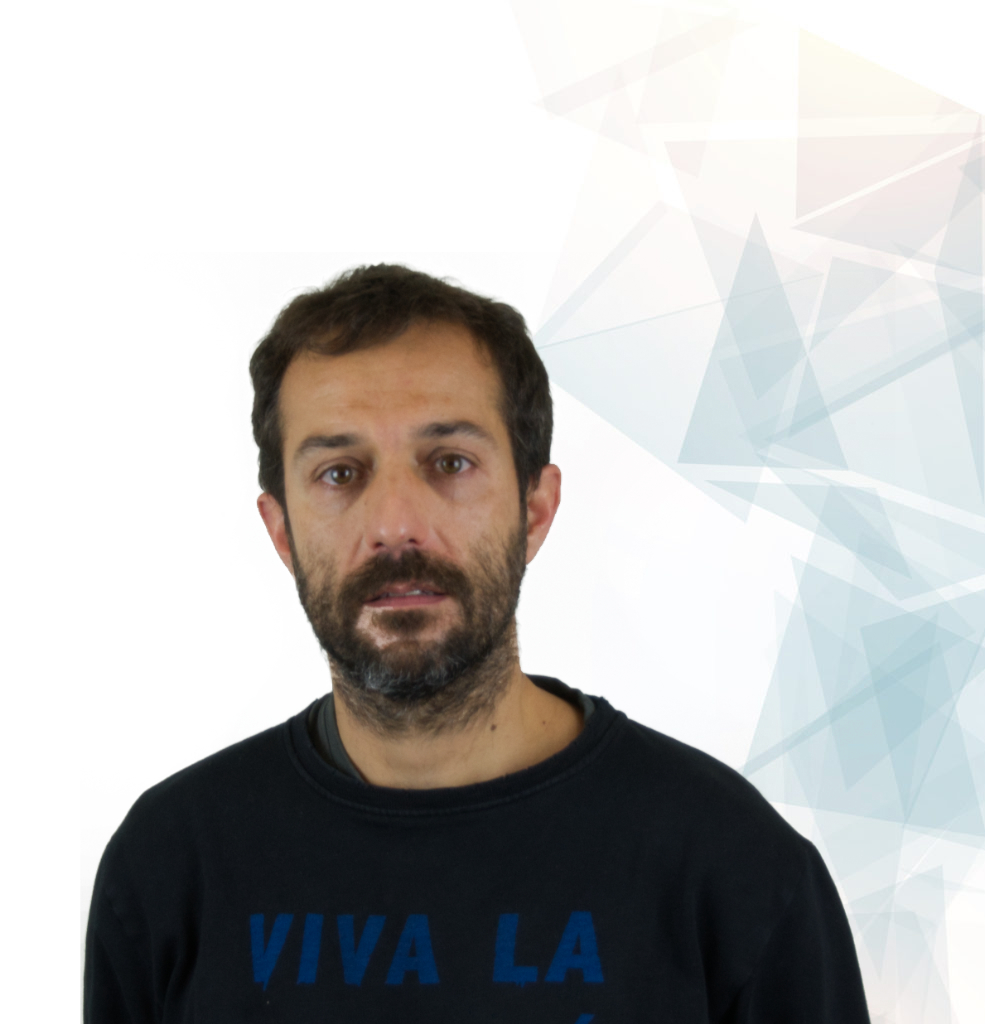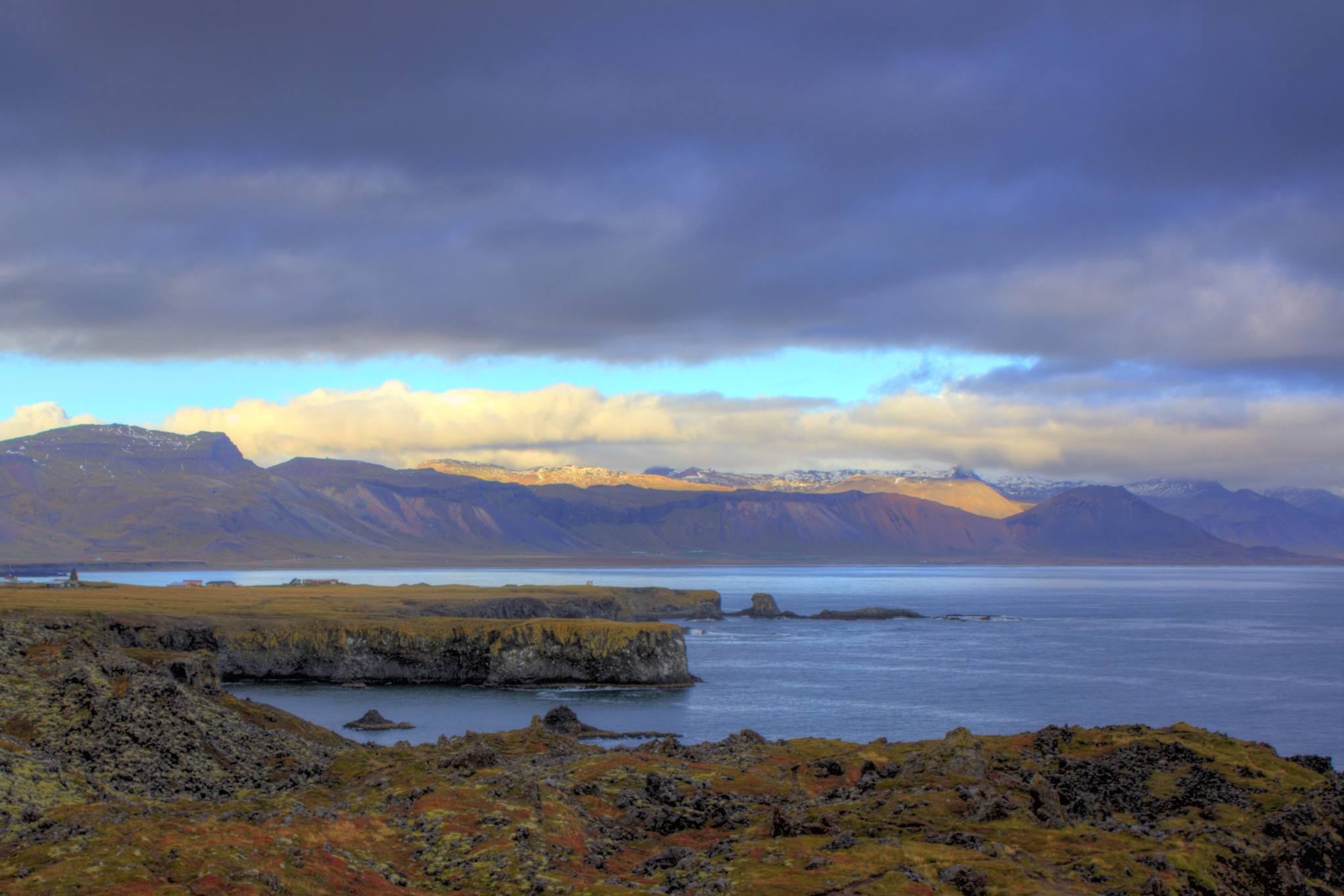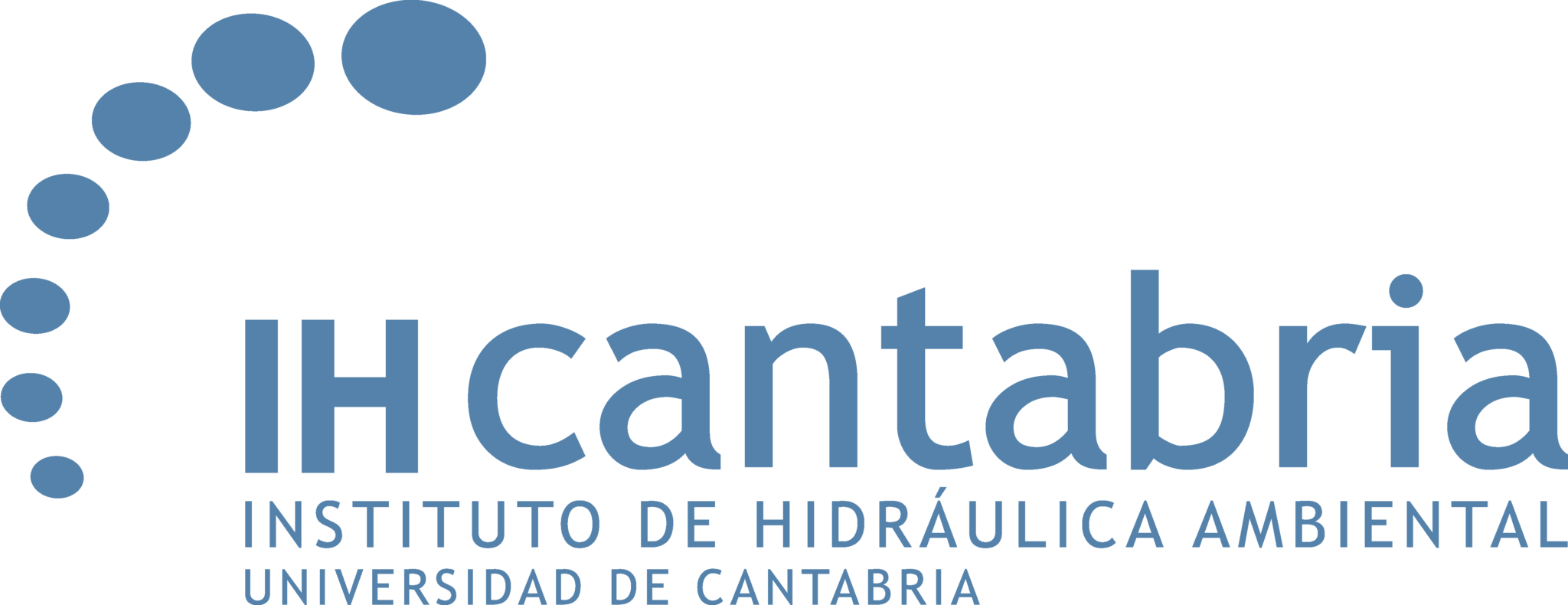OCEANOGRAPHY, ESTUARIES AND WATER QUALITY
The oceanography, estuaries and water quality group is a multidisciplinary research team that analyzes the physical and chemical characteristics of continental and coastal aquatic environments and their interaction with human activities.
The team has extensive experience developing and implementing numerical tools and advanced statistics, in combination with field and laboratory experiments.
These capabilities allow the group to develop methodologies and innovative solutions to address the effects of anthropogenic activity and natural disturbances on aquatic environments.
AREAS OF EXPERTISE
Operational oceanography
Hydrodynamics and morphodynamics of estuaries
Oil spills
Water quality
Operational oceanography
Hydrodynamics and morphodynamics of estuaries
Oil spills
Water quality
Alteration of sedimentary dynamics due to anthropogenic activities
Numerical and statistical reanalysis
Alteration of sedimentary dynamics due to anthropogenic activities
Numerical and statistical reanalysis
TECHNICAL RESOURCES
EXPERIMENTAL FACILITIES
IHCantabria Headquarters
SUPERCOMPUTING LABORATORY
The supercomputing and information technology laboratory provides technology transfer solutions and environmental services based on scientific methodologies that help to bridge the gaps between scientific experts and end users (e.g. policy managers, technical managers, general public).
Learn More
R+D+i PROJECTS
EUROPEAN RESEARCH PROGRAMS
Be-Ready
The project develops and tests innovative response technologies and methodologies to strengthen awareness-raising, public information, knowledge dissemination and education among Participating States.
Learn More
CONVIVELIFE
Addresses the problem of integrating human activities into the conservation objectives of the Natura 2000 Network in the estuaries of Cantabria.
Learn More
PROMPT
The project aims to extend the capabilities of the ICT tool developed in the framework of the DG ECHO project Be-Ready, in order to (1) model the harbour and coastal circulation in the proximity of the Genoa harbour, one of the biggest ports of the Mediterranean Sea
Learn More
SPRES
Forecasting systems and planning instruments at the local scale (estuaries and ports) through the creation of a set of high-resolution operational oceanographic systems.
Learn More
PORTONOVO
Framework of transnational and multidisciplinary cooperation among eleven partners from four of the five eligible regions in the Atlantic Area.
National RESEARCH PROGRAMS
C-OIL
Development of hybrid downscaling techniques for improved hazard analysis of oil spills in the coastal strip (C-OIL)
HIGEA
Development of hybrid downscaling techniques for improved hazard analysis of oil spills in the coastal strip (C-OIL)
MORPHEUS
Parameterising the physicochemical effects of microphytobenthos on estuarine transport models: biostabilisation of intertidal sediments and biomobilisation of metals.
plvma3d
Statistical modeling in the medium and long term of oil spills in offshore installations. Blowouts, deep and/or surface spills.
Learn More
plvma
Statistical modeling in the medium and long term of oil spills in offshore installations. Blowouts, deep and/or surface spills.
Learn More
OILHAZARD3D
Hazard assessment methodologies for blowouts and oil spills in offshore facilities.
Learn More
vertize
Analysis of the dispersion of industrial discharges to delimit environmental mixing zones in estuaries.
Learn More
BLOWHAZARD
Proyecto PDC2021-120892-I00 SISTEMA PARA EL ANÁLISIS DE LA PELIGROSIDAD ANTE DERRAMES DERIVADOS DE EXPLOSIONES PROFUNDAS (BLOWOUT) EN PLATAFORMAS PETROLÍFERAS financiado por MICIU/AEI /10.13039/501100011033 y por la Unión Europea Next GenerationEU/PRTR.
Learn more
SICMA
Development of a system for the prevention and response to marine and air pollution by potentially hazardous noxious substances. Ministry of Science and Innovation.
Learn More
ambemar
Decision support system for assessing the environmental impact of renewable marine energies.
Learn More
cleanlics
Modeling of “marine garbage” build-up areas in Sites of Community Importance (SCI) along the coast of Cantabria.
Learn More
trl+
Innovative and highly competitive services to promote the offshore energy sector to the future market, supporting developers and the parallel industry involved throughout the life cycle of an offshore farm.
Learn More
athenea
Development of an integrated system for preventing and managing oil spills in marine environments.
Learn More
innodraval
Innovation in the environmental restoration of coastal areas by developing an integrated pilot system to characterize, dredge, process and recover sludge and sediments with organic and inorganic pollutants.
PUBLICATIONS
Chiri, H., Abascal, A.J.,Castanedo, S., Antolínez, J.A.A., Liu, Y., Weisberg, R.H., Medina, R., 2019.
Statistical Simulation of Ocean Current Patterns using Autoregressive Logistic Regression Models: A Case Study in the Gulf of Mexico,
Ocean Modelling, 136, 1-12.
Javier F. Bárcena; Iñigo Claramunt; Javier García-Alba; María Luisa Pérez; Andrés García (2017).
A method to assess the evolution and recovery of heavy metal pollution in estuarine sediments: Past history, present situation and future perspectives.
Marine Pollution Bulletin, 124, 421-434.
Abascal, A.J., Castanedo, S., Núñez, P., Mellor, A., Clements, A., Pérez, B., Cárdenas, M., Chiri, H., Medina, R., (2017).
A high-resolution operational forecast system for oil spill response in Belfast Lough,
Marine Pollution Bulletin, 114, 302-314.
Cid, A., Camus, P., Castanedo, S., Méndez, F. J., Medina, R. (2016).
Global reconstructed daily surge levels from the 20th Century Reanalysis (1871-2010).
Global and Planetary Change, 148.
Javier F. Bárcena Gómez, Paula Camus, Andrés García, César Álvarez (2015).
Selecting model scenarios of real hydrodynamic forcings on mesotidal and macrotidal estuaries influenced by river discharges using K-means clustering.
Environmental Modelling & Software. 68, pp. 70-82.
Jiménez, M., S. Castanedo, Z. Zhou, G. Coco, R. Medina, I. Rodriguez-Iturbe. (2014).
Scaling properties of tidal networks.
Water Resources Research 50: 4585-4602.
Gorka Bidegain, Javier F. Bárcena, Andrés García, José A. Juanes. (2013).
LARVAHS: Predicting clam larval dispersal and recruitment using habitat suitability-based particle tracking model.
Ecological Modelling 268, pp. 78-92.
Pilar Del Barrio; Andrés García; Javier García Alba; César Álvarez; José Antonio Revilla (2012).
A model for describing the eutrophication in a heavily regulated coastal lagoon. Application to the Albufera of Valencia (Spain).
Journal of Environmental Management 112, pp. 340-352.
Abascal, A.J., Castanedo, S., Fernández, V., and Medina, R., (2012).
Backtracking drifting objects using surface currents from High-Frequency (HF) radar technology.
Ocean Dynamics, 62 (7), 1073-1089.
TEAM












PREDOCTORAL RESEARCHES







